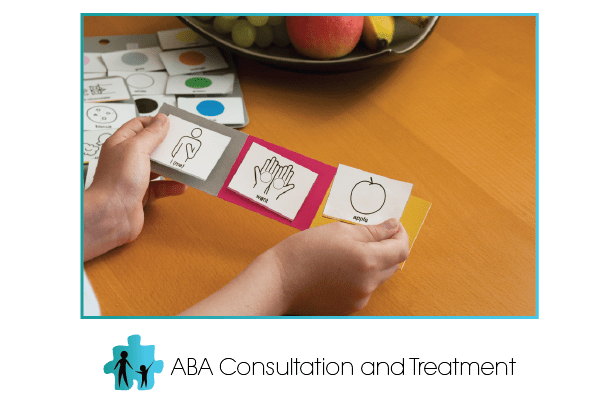Yes, its that wonderful time of year, when the weather becomes perfectly crisp and our little ones climb on the bus each day to venture to their wonderful world of school. And maybe, you can enjoy that cup of coffee, take a walk or organize your overflowing closets. Oh, but wait, your kids are still here, school is now operating in full swing on your dining room table and those closets will just have to wait.
For many of you, remote learning is the only option to educate your children this fall. Perhaps your school did not reopen, or your school is operating on a hybrid model which includes virtual learning. Whatever the reason, it’s here and honestly, we don’t have a choice to fight it, so let’s embrace it and make the most of the situation. Now that we have accepted the fact that our kids will be home with us a little while longer or for at least part of the school day, how can we best support our child’s learning experiences?
There are certainly pros and cons to remote learning especially if your child has learning differences or autism. For some children, not going through the battle of getting dressed, eating breakfast, and brushing their teeth before the arrival of the morning bus is a huge plus. For other children, attending to a virtual lesson or missing out on the regularly scheduled motor room break is a big con. Every child is different on how remote learning is affecting their daily routines. The good news is that there are things we can do as parents to help support our child’s day and prepare for a successful school year!
- Set aside a dedicated space for virtual schoolMany families have converted their dining rooms into mini-schools. Wherever you can, try to find space to create a kid friendly learning environment. Provide appropriate materials such as tables, desks and chairs. If possible, keep that learning space dedicated to just learning. And by the way, desks have become the new toilet paper, so just do your best finding functional furniture for your child! Your learning space does not have to be an entire room, it can be a corner of the living room or even an area of the basement. By keeping this area a “learning space” children will anticipate the expected behaviors while working there similar to how children know the expected behaviors within their classroom. Hang up schedules in this space, school-like posters/visuals that may signal appropriate academic behavior (e.g., ABC posters, number posters, maps etc.), provide an organized system to manage school supplies and have educational toys available for breaks. Make the space feel as much like school as possible. This way your child will better understand his/her behavior expectations while in the learning space.
- Keep a schedule – This is so important! Some schools have children sign in for morning meetings while others are offering a more independent approach. Do your best to maintain a consistent schedule every day, starting with wake up and breakfast (the same you would do if school were in-person). Visual schedules are so helpful for children as they can help anticipate the expectations and understand the sequence of events that will fulfill their day. Hang the visual schedule where the child can see it during his/her workday.
- Set expectations- On the first day of school, many teachers sit down with students to make a list or poster of expected behaviors. When the teacher includes the children in this process, the children often have more “buy in”. You can do the same. Sit down with your children and have them help you make a poster focusing on eLearning expected behaviors: Where do they sit during remote sessions, can they eat, what do they do or say when they need a break, etc. Setting guidelines will help set everyone up for success from day one.
- Meet with the teacher and review your child’s IEP or BIP ASAP –If your child has an IEP or BIP (behavior intervention plan), virtual learning may pose more challenges and require some temporary changes to the strategies already in place for your child. Set a meeting with your child’s teachers as soon as possible to make amendments that will be serve your child while he/she is learning at home. Let them know the challenges you are dealing with and ask questions on ways they can help support you.
- Move, Move, Move! –When children are in school, they naturally get movement breaks just walking to the next classroom, not to mention access to recess and gym. Our children were moving without even realizing it. Between virtual classes have your child walk around the house, stretch, even go outside. Provide a mini trampoline for them to move; be creative! There are great videos that encourage movement too.
- Take breaks –It can be hard for children to stay focused, especially when involved in the virtual classroom. Provide support when they are in class and let them take breaks. Encourage your children to appropriately ask for breaks (before problem behavior ensues) and let them take “brain breaks”. These short breaks may be a healthy snack, using the restroom, listening to song or a little movement. You know your child and how long it reasonable to have them stay on the computer for a class.
- Reinforce your child for all of his/her hard work –Children need a lot of encouragement. Adapting to this new style of learning can be hard. Tell them they are doing a great job throughout the day. Let them know you liked how they raised their hand or how they sat with a ready learning body during the last remote class. By contacting this feedback, they’ll learn where they’re performing well and even where they may be falling short.
- Don’t be afraid to ask for help!Perhaps you are working from home to or have four school age children who all need your help to get through the day. Get some help from friends, family or even a babysitter. Some families are hiring a college student (many are home this semester and might even be majoring in education) for a few hours a day to lend a hand with eLearning. Other families are coming together and dividing duties in somewhat of a co-op fashion.
- Find safe ways for your children to socialize! –Perhaps the children can play outside, safely, with a neighbor or cousin. Perhaps there are socially distant activities through your park district or community center that are appropriate to access and participate in. Find ways for your child to interact with other children. They miss their friends and peer modeling is one of the best ways to teach.
- Take some time for yourself! – This is hard and parents needs a break, too! Find a way to have that cup of coffee or take a walk…..alone….uninterrupted. Maybe your spouse is also working from home and they can lend a hand while you take a few minutes to breathe. Perhaps the children have earned a break and they are watching TV. Perhaps their remote session does not require your support. When you can, find time do your best to take a break. You will be a better parent for it!



